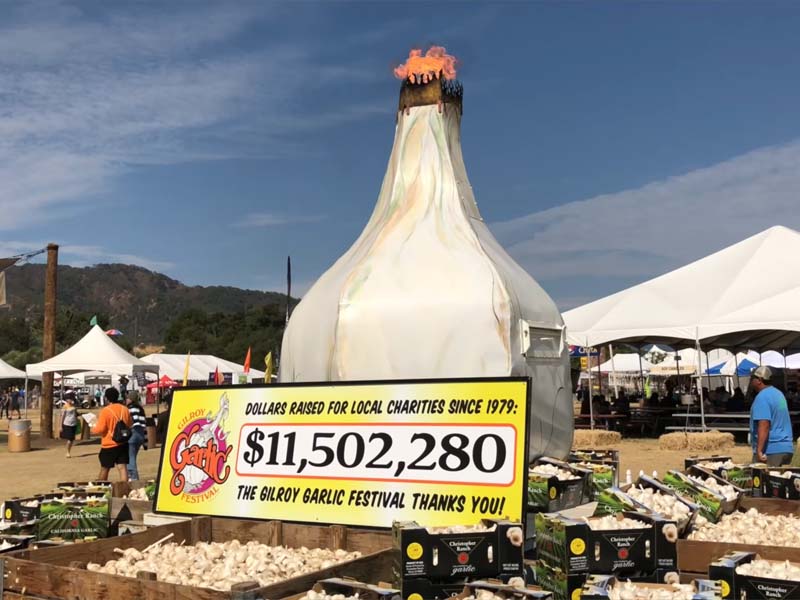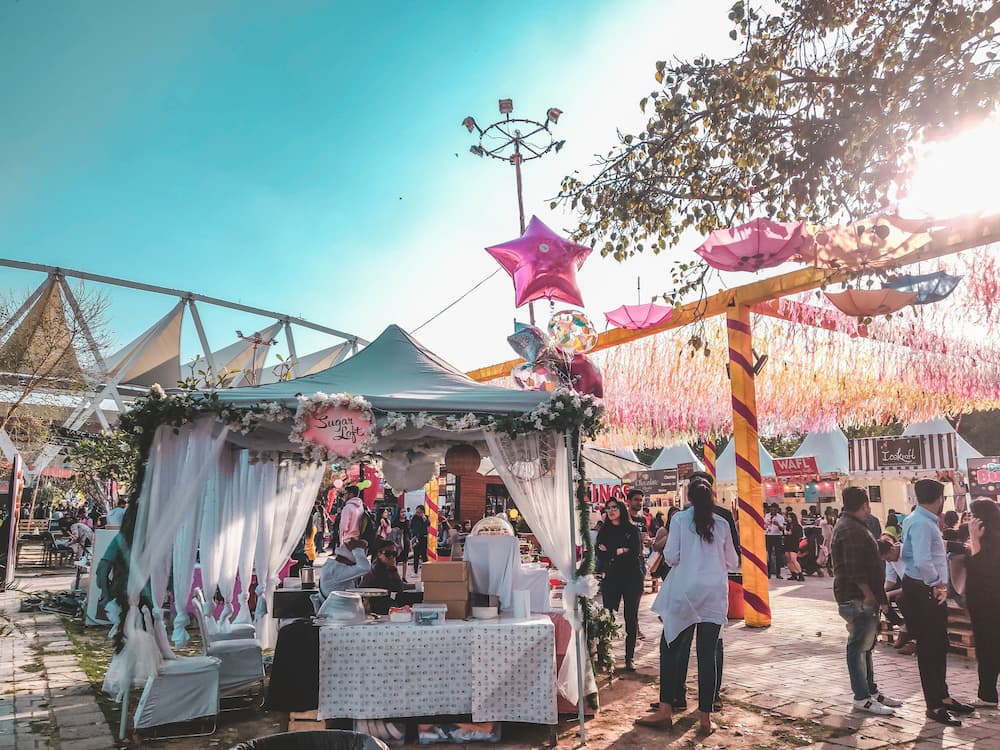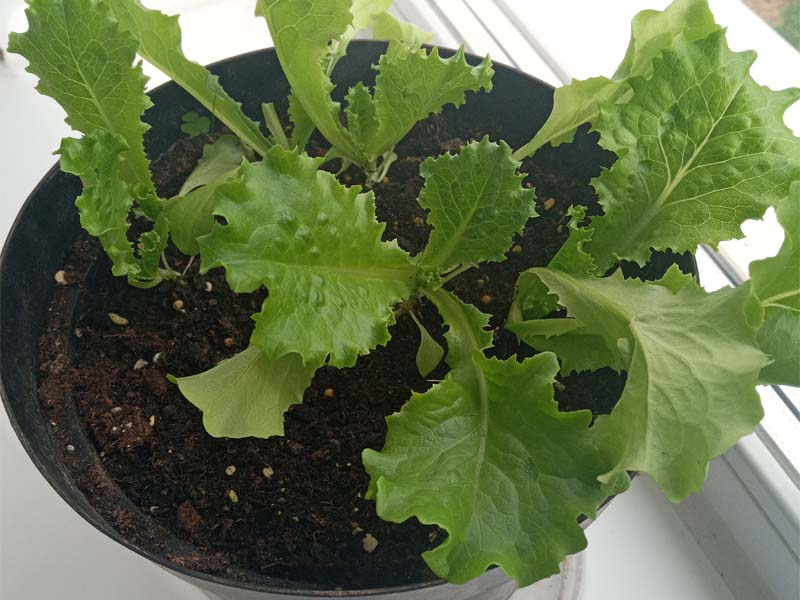Garlic festivals are a cultural celebration of the versatile and flavorful bulb that has become a staple in many cuisines around the world. These festivals have evolved over time and are now held in many countries, showcasing unique features that make each festival a one-of-a-kind experience.
The History of Garlic Festivals
Garlic festivals have been around for decades, with the first-ever garlic festival being held in Gilroy, California, in 1979. The Gilroy Garlic Festival was created to celebrate the garlic harvest and to showcase the city’s reputation as the “Garlic Capital of the World.” The festival featured garlic-themed food and drinks, live music, and even a garlic queen pageant.
Since then, garlic festivals have become a global phenomenon, with festivals being held in many countries worldwide, including France, the UK, South Korea, and the Bahamas. Garlic festivals are a testament to the enduring cultural significance of garlic and its importance in cuisines worldwide.
Popular Garlic Festivals Around the World
One of the most famous garlic festivals in the world is the Gilroy Garlic Festival in California, USA. This festival attracts over 100,000 visitors each year and features garlic-themed dishes, live music, cooking competitions, and even a garlic eating contest.
Other popular garlic festivals include the Festival de l’ail de Billom in France, the Isle of Wight Garlic Festival in the UK, the Taean Garlic Festival in South Korea, and the Eleuthera All That Jazz & Island Roots Festival in the Bahamas.
Unique Features of Garlic Festivals
Garlic festivals are known for their unique and creative dishes that showcase the versatility of garlic in cooking. Garlic ice cream, garlic popcorn, and garlic bread are just a few examples of the many garlic-inspired dishes found at these festivals.
In addition to food, garlic festivals also offer a wide range of garlic-based products and vendors selling everything from garlic-infused olive oil to garlic-themed clothing and souvenirs.
Garlic festivals also feature cultural activities and events that celebrate garlic’s importance in different cuisines around the world. For example, the Taean Garlic Festival in South Korea features a Garlic Queen contest, while the Festival de l’ail de Billom in France includes a traditional market and live music.
Tips for Attending a Garlic Festival
If you’re interested in attending a garlic festival, there are a few things to keep in mind. First, it’s important to plan ahead for travel and accommodations, as these festivals can attract large crowds. It’s also a good idea to prepare for long lines and bring cash to purchase food and products from vendors.
Finally, be sure to try some of the unique garlic dishes and products that these festivals offer. From garlic popcorn to garlic beer, there’s no shortage of delicious and creative garlic-inspired treats to sample.
The History of Garlic and Its Cultural Significance
Garlic is a bulbous plant that has been cultivated for thousands of years and has been used for both culinary and medicinal purposes. Its strong flavor and pungent aroma have made it a staple ingredient in cuisines all over the world, and its health benefits have been touted by many cultures for centuries. In this article, we will explore the history of garlic and its cultural significance.
The Origins of Garlic
Garlic (Allium sativum) is a member of the onion family and is believed to have originated in Central Asia. The plant has been cultivated for over 5,000 years and was first used by the ancient Egyptians for medicinal purposes. The ancient Greeks and Romans also valued garlic for its medicinal properties and believed that it could enhance strength and endurance.
Garlic in Mythology and Folklore
Garlic has played a role in many mythologies and folklores throughout history. In Greek mythology, garlic was believed to have grown from the drops of blood that fell from the Gorgon Medusa’s head as she was beheaded by Perseus. In ancient Chinese mythology, garlic was believed to have magical properties that could protect against evil spirits and ward off disease.
Garlic in Culinary Traditions
Garlic has been used in culinary traditions all over the world, and it is an essential ingredient in many cuisines, including Italian, French, Chinese, and Indian. Garlic can be used fresh or dried and is commonly added to soups, stews, sauces, and marinades to enhance flavor.
In some cultures, garlic is considered a sacred ingredient and is used in religious and spiritual ceremonies. For example, in Hinduism, garlic is offered to the god Shiva during prayer ceremonies.
Garlic in Medicine
Garlic has been used for its medicinal properties for centuries. In ancient times, it was used to treat a wide range of ailments, including infections, digestive issues, and respiratory problems. Today, garlic is still used as a natural remedy for many health conditions, including high blood pressure, high cholesterol, and the common cold.
Scientific studies have also shown that garlic contains compounds that may have anti-inflammatory, antibacterial, and antioxidant properties, making it a potential tool for fighting diseases.
Conclusion
Garlic festivals are a celebration of the culinary and cultural importance of garlic, a humble but versatile ingredient that has become a staple in cuisines worldwide. From the Gilroy Garlic Festival in California to the Festival de l’ail de Billom in France, these festivals offer a unique and enjoyable experience for garlic lovers around the world.
So why not plan a trip to a garlic festival and celebrate the flavor of this beloved bulb?



